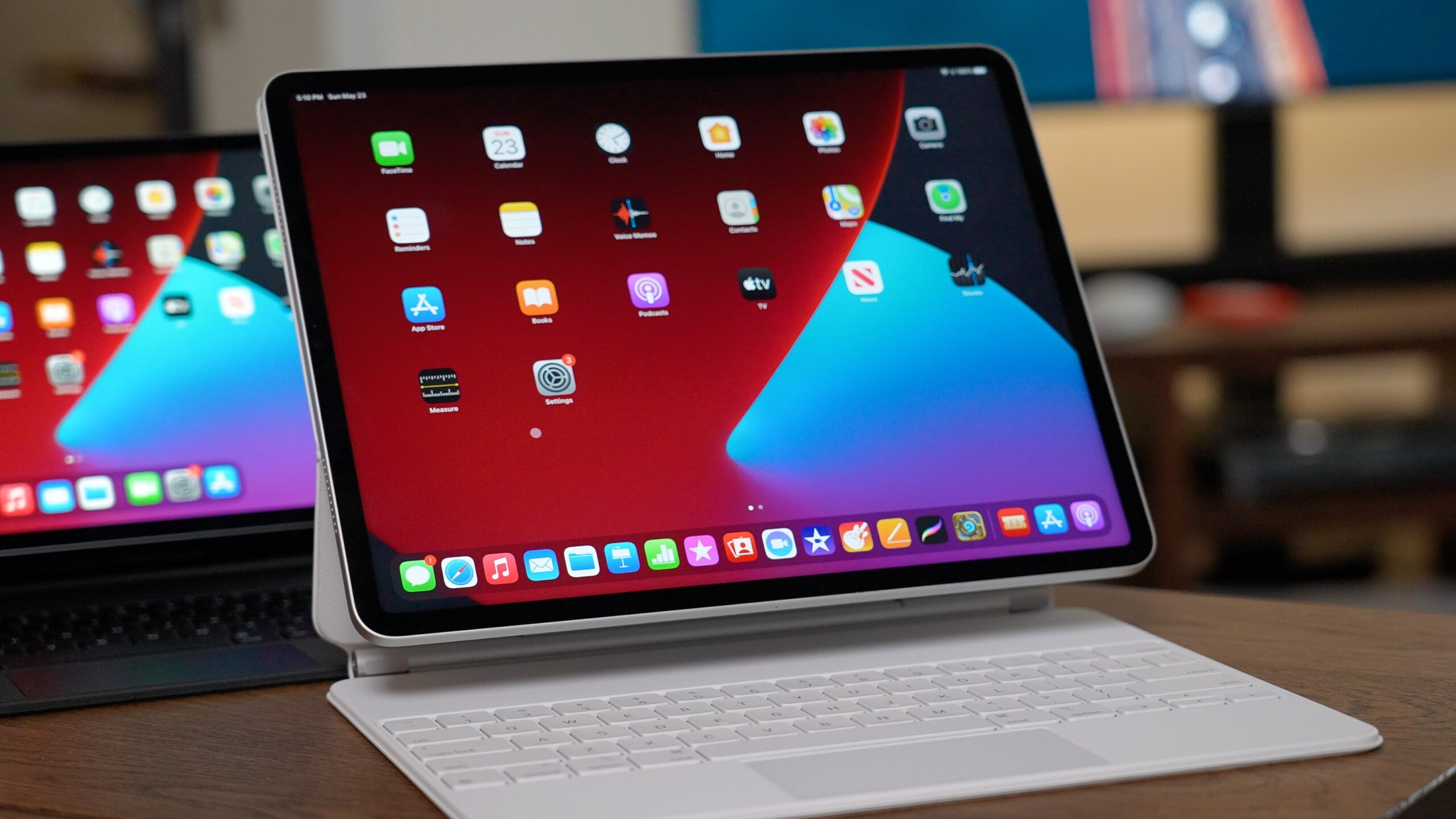India has imposed restrictions on the imports of laptops, tablets, and personal computers with immediate effect. A government notice was shared not too long ago which announced the restrictions, in a bid to push local manufacturing. The notice revealed that the import of laptops, tablets, and PCs “would be allowed against a valid licence for restricted imports.”
India restricts imports of laptops and more
In 2023 April-June, electronic imports including laptops, tablets, and personal computers were $19.7 billion. This was an increase of 6.25% year-on-year. As per reports, electronics imports range between 7% to 10% of the country’s total merchandising imports. The former director general at MAIT, Ali Akhtar Jafri said that “The move’s spirit is to push manufacturing to India.” Jafri also added that the move was not just a mere nudge, but a major push towards bringing manufacturing in India.
India has been working tediously to push local manufacturing by giving production-linked incentives in over two dozen sectors which also include electronics. The country also extended the deadline for companies to apply for the $2 billion manufacturing incentive scheme to attract major investments in IT hardware manufacturing. This covers products like laptops, tablets, PCs and servers. Dell, Acer, Samsung, LG Electronics, Lenovo, Apple, and HP Inc. are some of the key companies selling laptops in the Indian market, a big chunk of this portion is imported from countries like China. This restriction by India triggered a rise in shares by over 5% for Indian electronic maker Dixon Technologies. As per government reports, laptops, tablets, and personal computers makeup about 1.5% of the country’s total annual reports and nearly half of these imports are brought from China.
